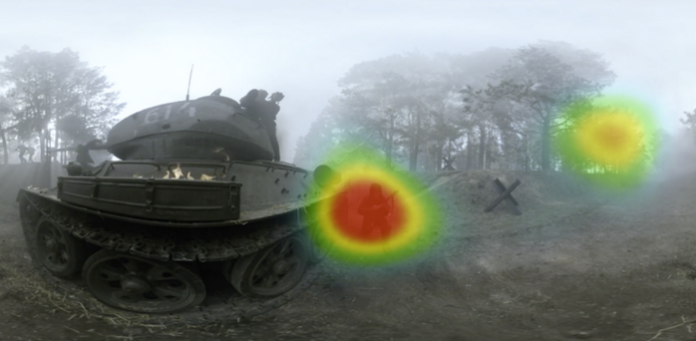One issue that occurs frequently in discussion of 360 and even 180-degree video content is how immersive the piece actually is, and whether or not the audience is picking up on the details they are intended to pick up on. Littlstar, virtual reality (VR) video content platform, released an exploratory blog post about its latest analysis of this issue, and has offered content creators its information.
Littlstar has looked into the effectiveness of VR video content by introducing heatmap visualisations of where the viewers’ gaze wanders, using appropriately coloured gradients over the original 360 video to show where the majority of viewers are looking throughout the video. These analytical findings were stretched further, as explained by Littlstar’s Wells Johnston, Chief Data Scientist, who wrote the blog post, by collecting together and identifying “hotspots”, which are the main areas of interest.
It is explained by Johnston that marketing and advertising in VR “will be greatly affected by VR analytics”, and that through this use of analysis they will be able to find out what has been the most effective in their campaigns.
This is essentially behavioural experiments in VR: “Creating an immersive narrative in VR is a big challenge, especially since viewers can divert their attention from the story so easily. As the heatmap above demonstrates, slight movement to the right of the scene triggers almost half of the viewers to follow in that direction.”
The 360-degree content platformers hasn’t just shared its findings and reports, but has taken a large step forward in proactivity by producing the same analysis for all of the content, as all content creators now have access to detailed analytics for all content on Littlstar.
Make sure to check back with VRFocus for the latest developments in the VR industry as well as for all news and updates.















